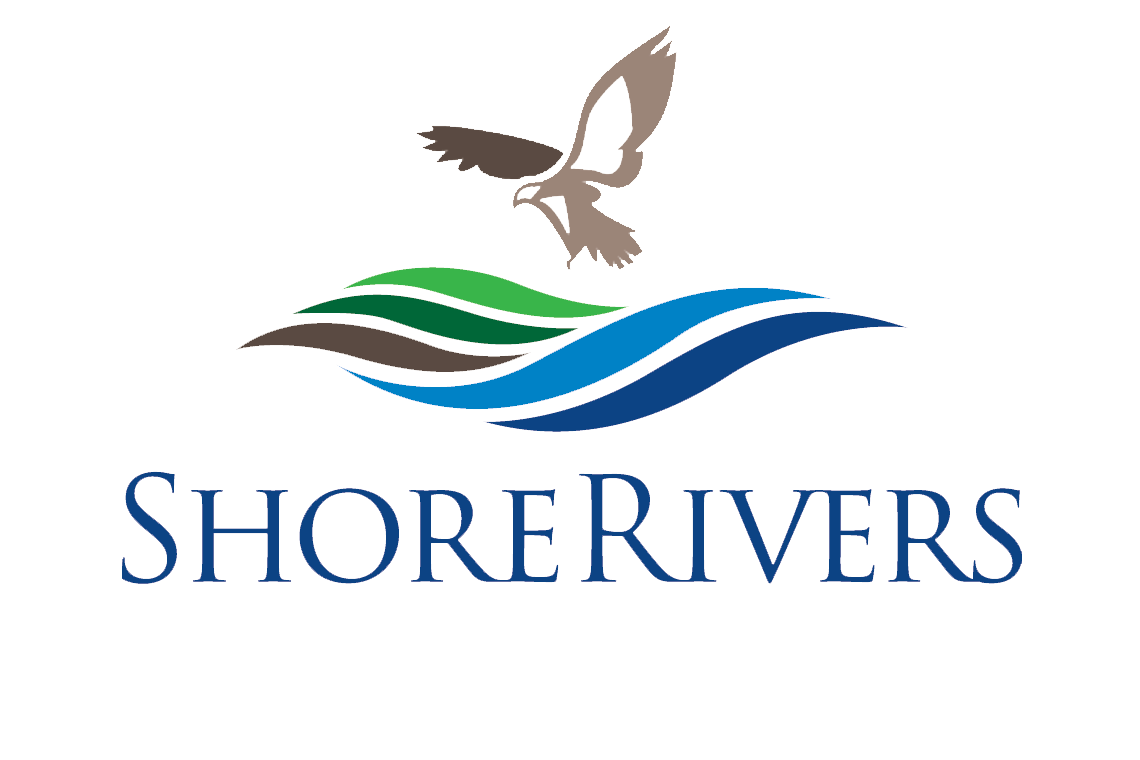Sediment plume kicked up by clamming activity
Underwater grasses, otherwise known as Submerged Aquatic Vegetation (SAV), are vital to the health of the Chesapeake Bay. The grasses provide habitat for fish and crabs, oxygenate the water, filter sediment, absorb nutrients, and protect shorelines. These grasses are so valuable that the Chesapeake Bay Program has prioritized restoring them to 185,000 acres from their current 104,900 acres Bay-wide.
Underwater grasses are vulnerable to the hydraulic escalator clam dredge. This dredge uses hydraulic jets to cut into the bottom sediment and access buried clams, and in the process scours trenches along the river bottom, kicks up sediment plumes that cloud the water, and tears up our essential grass beds. Even dredging in a seemingly grassless area of river bottom can be harmful, as it can destroy any dormant seed bank buried in the sediment.
According to studies by the Maryland Department of Natural Resources (DNR), “the direct impact of dredging in seagrasses is catastrophic.” The hydraulic clam dredge, which is banned in Maryland Coastal Bays, suppresses seed germination, restricts or completely inhibits growth, and completely uproots underwater grasses. Also according to DNR, “because of their importance, the restoration of bay grasses in the Chesapeake and Coastal Bays is a priority for the department as well as the other Bay partners.”
In an effort to protect grasses from clam harvesting activities, DNR delineates SAV Protection Zones that prohibit clamming activity within grass beds. Currently, the Department updates these zones every three years based on annual fly-over data from the Virginia Institute of Marine Science. Updated zones are due this year. The problem with this process is that when grasses start growing in new areas they can be vulnerable to dredge activities for up to three years until the Department delineates the next Protection Zones.
Claiborne, Maryland is a prime example of how the current three-year update process is failing to protect our natural resources. The cove by the public boat landing is a prime clamming location and currently has no SAV Protection Zones. According to the Virginia Institute for Marine Science, on which DNR bases their Protection Zones, this cove has had significant acreage of underwater grasses since 2014. However, DNR did not delineate SAV Protection Zones in the area for the 2016 update. While we wait for the updated 2019 zones, this area continues to be harvested almost daily.
To address this issue, ShoreRivers introduced a bill in the 2019 Maryland legislative session that would require the Protection Zones to be updated annually. However, we withdrew our bill after DNR indicated they would revise their protocols to enhance protections. We are disappointed that, six months later, we continue to wait for DNR’s promised enhancements while Maryland SAV Protection Zones continue to fail in achieving their original intent of protecting and restoring underwater grasses.
The current process of identifying and delineating SAV Protection Zones every three years is ineffective and inadequate. These zones should be updated annually to adequately protect new, recovering, and expanding grass beds. It is a waste of both natural and personnel resources to put protections in place after a grass bed has been dredged in. If we are going to meet our goal of increasing SAV acreage, we need to protect grasses both during peak bloom and during dormancy, when they do not show up on aerial maps. It’s time for DNR to walk the walk for grass protection.
ShoreRivers anticipates the release of 2019 Protection Zones this summer, which will include a 90-day public comment period. We urge our members, advocates, and supporters to advocate that the Department adequately protect our underwater grasses from the hydraulic clam dredge. We are working to better map grass beds on the Eastern Shore and document clamming activity within these beds. We must hold DNR accountable to their job of protecting our natural resources. Continue to alert your Riverkeepers of any activity on your river by calling 443.385.0511 or emailing your Riverkeeper.

